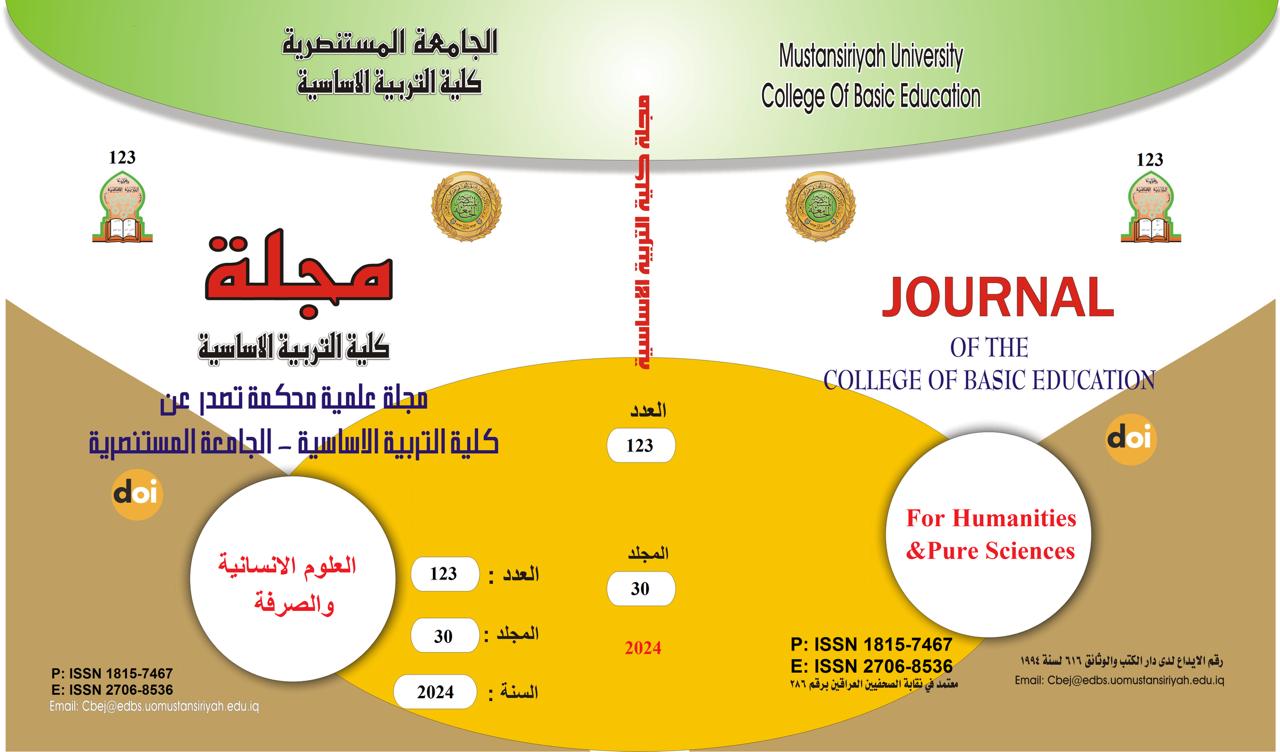Temporal and spatial change in the urban expansion of the Holy City of Najaf using remote sensing techniques and geographic information systems GIS
Main Article Content
Abstract
The phenomenon of urban growth has recently become one of the most important global issues affecting the sustainability of land use in both large and small cities. In addition, this phenomenon has become a problem that is plaguing researchers, planners and decision makers as it is growing rapidly and steadily, threatening the natural ecosystem around Iraqi cities in general and the city of Najaf in particular are not immune to this phenomenon due to the rapid population and economic growth witnessed by the city of Najaf because of the religious tourism movement of the holy shrines, resulting in an increase in demand for land for the purpose of construction, both residential Or economic In recent times urban planners and decision-makers are looking for the most successful ways to assess this phenomenon qualitatively and quantitatively in order to develop the most appropriate plans, whether short or long-term for sustainable urban development. Hence, the use of remote sensing techniques and geographic information systems is one of the most important methods in assessing and measuring this phenomenon spatially and temporally. The problem of research is the lack of maps and data for the sizes and expansions of cities at various time intervals. The importance of research in providing maps and data for the expansion of the city of Najaf and for different periods of time. The objective of this study is to extract the values of the areas of urban expansion in all directions to the city of Najaf between 1986-2014 in order to know and understand the limits of this phenomenon in the city. For this purpose, the study used the image of LandSat 5, 1986, LandSat 5 1999 and LandSat 8 2016, which are estimated to be 30 meters in order to generate land use maps for the city, and then classify land uses into only two urban and non-urban uses. Such as the Kay square test and urban density index in order to better understand urban growth patterns in the city. The results show that urban growth in the city increased from 20.044 km2 in 1986 to 85.39 km2 in 2014, In the city of Najaf suffer Of unsustainable and unbalanced growth, particularly in the northern and then northern directions, where they began to slow down in the period 1999-2016 due to the non-expansion barrier, namely the airport, while the total value of the urban density index between 1986-2016 was 6.49 This indicates the need for urban planning policies in the city that take into account sustainable urban growth.
Article Details

This work is licensed under a Creative Commons Attribution-ShareAlike 4.0 International License.
